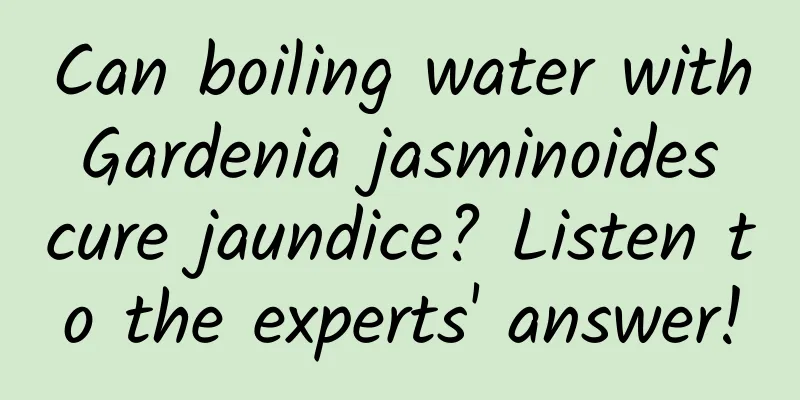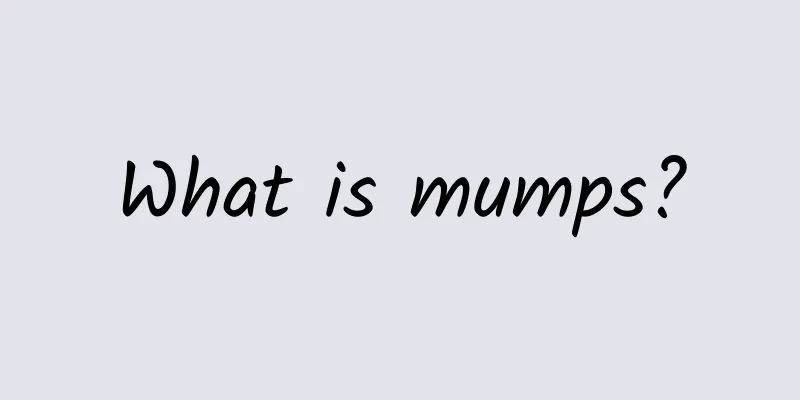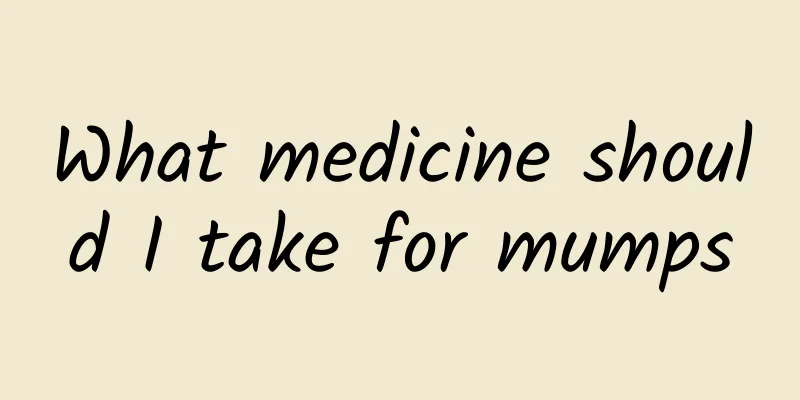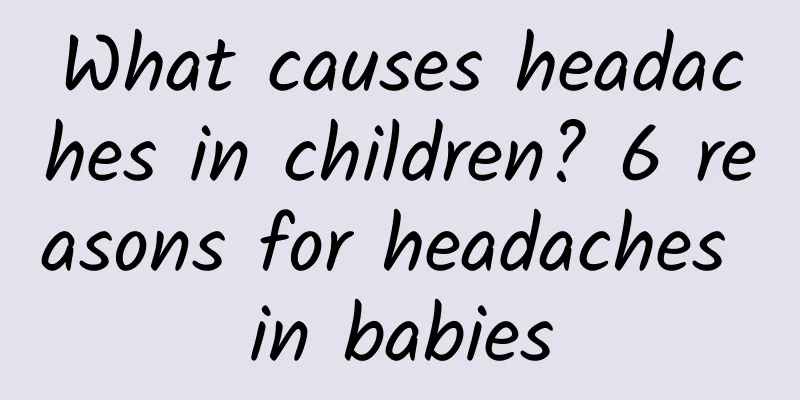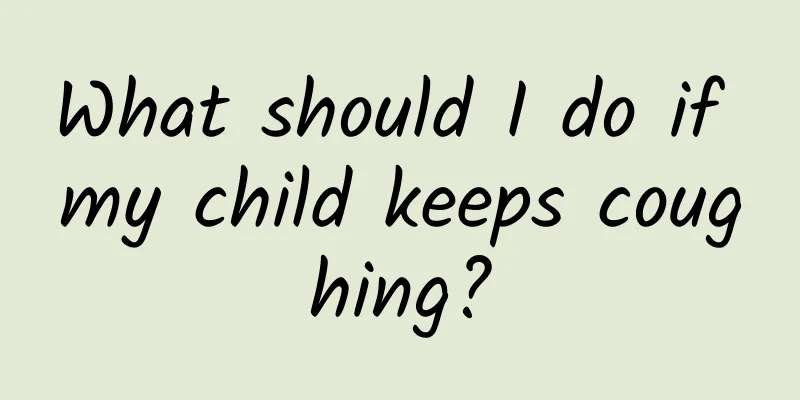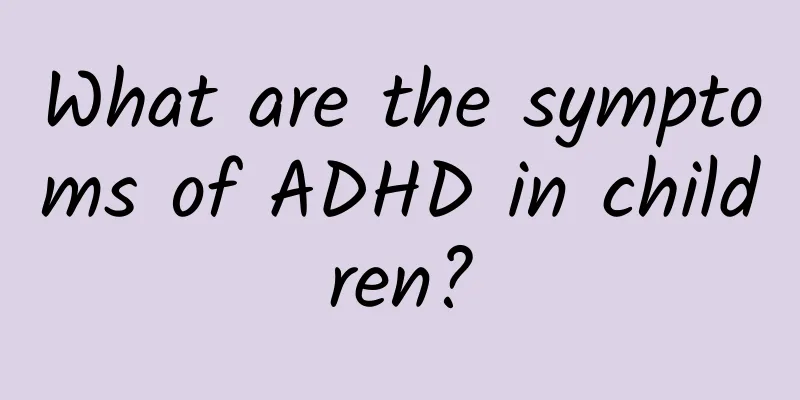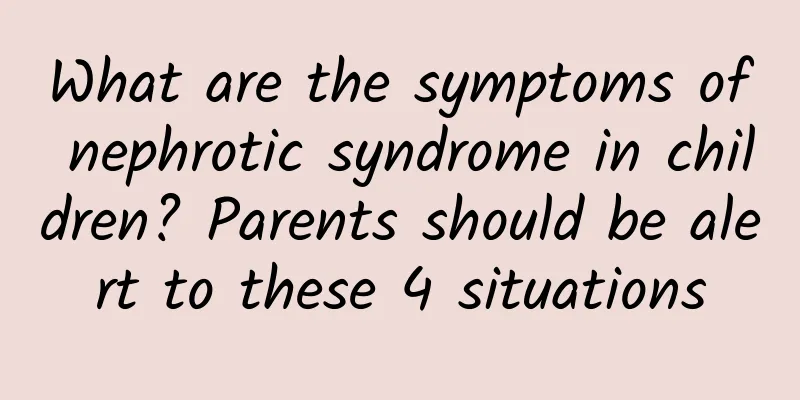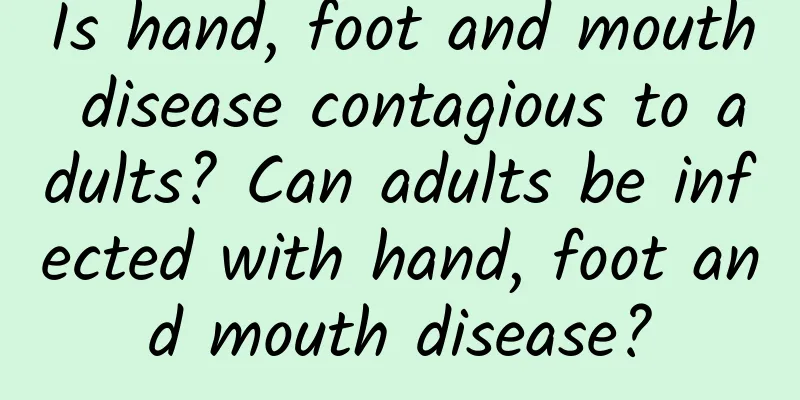Symptoms of ADHD
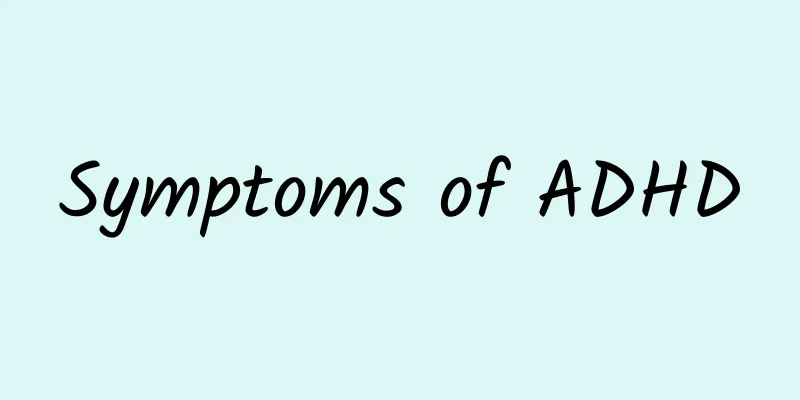
|
ADHD, also known as attention deficit hyperactivity disorder (ADHD), is a common neurodevelopmental disorder. Its manifestations usually include inattention, hyperactivity and impulsive behavior. These manifestations not only affect children's academic performance, but may also affect their social skills and family life. Understanding the specific manifestations of ADHD can help parents and teachers better support and manage children with this disorder. Let's look at the signs of inattention. These children often have trouble paying attention in class and are easily distracted by their surroundings. They may make frequent mistakes on their homework because they don't read the questions carefully or miss details. They may forget about daily activities, such as forgetting to bring books or homework home. This inattention often confuses parents and teachers because these children can show extreme concentration when they are interested in something, such as playing video games. Hyperactivity is another significant manifestation of ADHD. These children often cannot sit still and like to run around in the classroom or at home. They may stand up or climb up and down in inappropriate situations, such as in class. They may talk constantly and even interrupt others when they are talking. This excessive activity and talking not only affects their own learning, but may also affect the learning environment of their classmates. Impulsive behavior is also a key sign of ADHD. These children may act immediately without thinking about the consequences, such as running across the road or not following the rules in a game. They may cut in line because they cannot wait for their turn or interrupt others when they are talking. Their impulsive behavior may not only lead to social problems, but also cause them to get into trouble frequently at school or at home. After understanding these symptoms, we can see that ADHD has a wide range of impacts on children's lives. Parents and teachers need to understand that these symptoms are not intentional on the part of children, but are beyond their control. With professional diagnosis and interventions such as behavioral therapy and medication, many children are able to better manage their symptoms and make progress academically and socially. Understanding the manifestations of ADHD not only helps with early identification and intervention, but also helps us better support and understand these children. With patience and appropriate help, they can succeed in life. I hope this article provides you with valuable information and helps you better understand ADHD. |
Recommend
Prevention of mumps from many aspects
Mumps is a chronic disease that many busy office ...
Causes of congenital heart disease in children
The causes of congenital heart disease in childre...
What are the effects of malnutrition during pregnancy on the fetus? Malnutrition during pregnancy may cause fetal malformations
Malnutrition during pregnancy is actually because...
What medicine should children take for respiratory tract infection and cough
When children have respiratory infections or infe...
What are the treatments for high jaundice? Four methods to deal with high jaundice
High jaundice usually occurs in newborns, which w...
Early symptoms of diarrhea in children
Children often become dehydrated when they have s...
What fruits should I eat for Kawasaki disease?
What fruits should be eaten for Kawasaki disease?...
Things to pay attention to in the middle stage of children's kidney disease
Kidney disease is an extremely terrible disease t...
Can acute laryngitis in children be cured?
Can acute laryngitis in children be cured? Many c...
What are the symptoms of pneumonia in children? Two symptoms are most common in children
1. Fever The most common symptom of pneumonia in ...
Detailed introduction to modern treatment of Kawasaki disease
Many people may not have heard of Kawasaki diseas...
What tests are needed for pediatric convulsions?
Children with convulsions need to undergo routine...
What is the pediatric phlegm-relieving and cough-relieving granules? How to treat children's cough with a lot of phlegm?
Pediatric phlegm-relieving and cough-relieving gr...
How to check for mild breast milk diarrhea
How to check mild breast milk diarrhea? When it c...
Dietary considerations for patients with hepatic osteodystrophy
Dietary considerations for patients with hepatic ...
